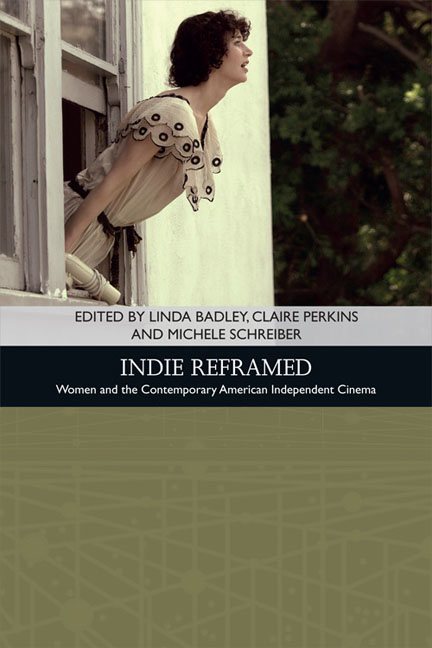10 - From Documentary to Fictional Realism: Mira Nair’s Documentary Roots, Fictional Home and Production Politics
Published online by Cambridge University Press: 10 November 2020
Summary
The 1988 release of Mira Nair's film Salaam Bombay! immediately signalled her international significance as a director when the film earned an Oscar nomination and won numerous international festival awards, including two at Cannes. While this was her first fictional film, she had been making documentaries for nearly a decade, gaining recognition on the festival circuit with films such as India Cabaret (1985), which won several awards including one at the Athens International Film Festival. Although Nair has primarily made fictional films since 1988, to date she has directed one additional documentary, Laughing Club of India (2001), and she periodically makes biographically informed films, including 11′9′01 (2002) and Amelia (2009). Moreover, critics have noted the ‘realistic’ quality of her fictional films (e.g., Foster, 1997). And topically she has entertained global political events, such as Idi Amin's expulsion of Asian Indians from Uganda in 1972 (Mississippi Masala (1991)) and the 1980 Cuban boat lift (The Perez Family (1995)); and she has confronted matters relating to health and social justice, including the spread of HIV/ AIDS (Migration (2008)) and women's rights within marriage (How Can It Be (2008)).
Despite her success with both fictional and documentary films and her concern with stories of real people and global political events, those who have studied her emphasise the fictional nature of her feature films. For instance, two reviewers address romance and class in her fictional films, even as they identify different feature films as relevant. In discussions of The Namesake (2006), Philip Kemp (2007) sees the film as the third in a trilogy that begins with Mississippi Masala and follows with Monsoon Wedding (2001); whereas Elizabeth Heffelfinger and Laura Wright view The Namesake as part of a different trilogy beginning with Vanity Fair (2004), followed by The Namesake and ending with Amelia (2011: 142). By focusing in this way primarily on recent fictional feature films, both Kemp and Heffelfinger and Wright miss an opportunity to draw connections, for example, among the documentary So Far From India (1983), the biopic My Own Country (1998) and The Namesake, all three of which explore an ethnically Indian man confronting his relationship to India and/or his identity as a resident (and, in The Namesake, citizen) of the United States.
- Type
- Chapter
- Information
- Indie ReframedWomen's Filmmaking and Contemporary American Independent Cinema, pp. 171 - 187Publisher: Edinburgh University PressPrint publication year: 2017



